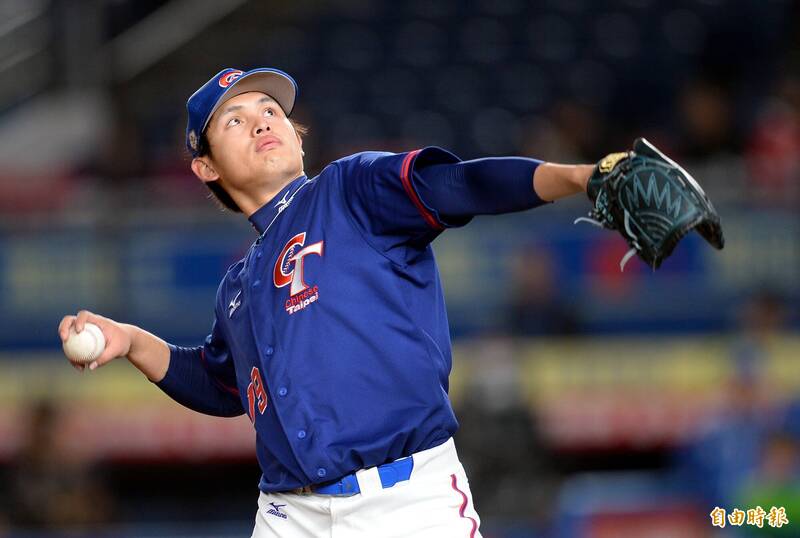Zhang Yi.
(File photo, photo by reporter Lin Zhengkun)
Professor Ye Wenling, former chairman of the Taiwan Sports Medicine Association
Just when this year's baseball classic was attracting the attention of fans across the country, it was shockingly rumored that strong pitcher Zhang Yi had to retire in tears because of shoulder inflammation.
This is really a bolt from the blue!
When countries around the world competed with major league lineups, and the Japanese team had an unprecedentedly luxurious lineup, the Chinese team lost a general. The shock of the people of the whole country can be imagined.
But what everyone wants to know more is, is shoulder pain really that serious?
Can it be treated?
Can you make it to the game?
The shoulder joint is an inherently unstable structure.
A joint is a structure that connects two bones, and its main task is to provide range of motion for the limbs.
Because bones are very hard, they cannot be bent, folded, or rotated, so living things cannot move.
So there must be mobility, and mobility is a kind of instability.
Joints are classified according to the range of motion, movable, micro-movable, and non-movable joints.
Among them, the movable joints are mainly used to provide the limb functions of the biological limbs with high efficiency, controllable strength, stability and mobility.
But different movable joints have different fates because of their different anatomical structures.
Some innate bone structures are very stable and well covered.
Only a thousand hammers and ten thousand chisels can get out of the deep mountains.
Such as the hip joint, it will not come off unless it is fractured.
But relatively, the degree of activity is also poor.
Suitable for those responsible for carrying heavier loads.
Of course, after training, a small number of people can partially dislocate the hip joint to achieve the effect of splitting legs.
But it is absolutely impossible to split a hundred times in a row, and to play hundreds of matches a year.
The shoulder is just the opposite. The head of the humerus rests on the glenoid, and it is all suspended by soft tissues such as muscles, tendons, labrum, and joint capsules.
Because there is no stability enclosed by bones, the range of motion is naturally much better than that of the hip joint.
But obviously it is not suitable to bear weight, but you can make all kinds of exaggerated throwing movements.
Hence the variety of pitching techniques.
Please read on...
It's just that although the shoulder joint has a large range of motion, it still has a limit. Excessive large-scale, high-strength, and non-stop repetitive movements will eventually damage the soft tissues of the shoulder joint.
The first victim is the biceps tendon, because it has to constantly compress the humeral head, which is really hard for a structure with a diameter of about one centimeter.
The second victim is the labrum, which is the structure that connects the biceps tendon to the glenoid. Every time the biceps tendon is pinched, the labrum is also pulled.
Cutting it so quickly, the labrum is naturally very easy to be injured.
The third place is the joint capsule and rotator muscles, usually not directly ruptured, but caused by repeated injuries, resulting in structural changes, not only thinning, riddled with holes, but also extensive.
What's more, the calcification phenomenon is serious, and the original structure has disappeared.
The fourth place is cartilage damage, especially on the humeral head and glenoid.
As long as it can be repaired, there is nothing that cannot be repaired with arthroscopic minimally invasive surgery.
When necessary, they are treated with various biomedical techniques, and most of them have good results and recover quickly.
But it still takes at least six months to get to the game.
What I'm afraid of is that it's not repairable at all, so it's just a waste of money.
The point is that only a correct diagnosis can get real treatment, so as to quickly win glory for the country.
related news
